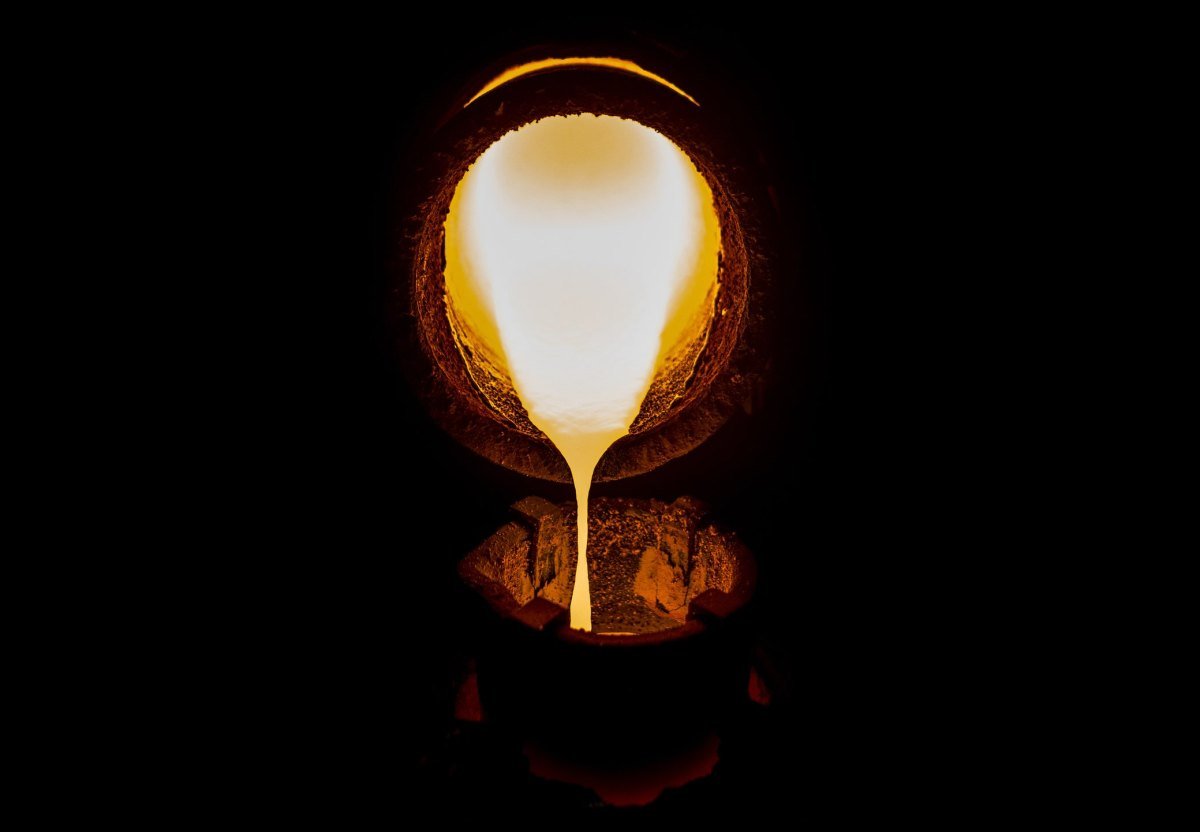For thousands of years, the technique of sand casting has been the go-to method for creating metal parts. This process, which involves pouring molten metal into a mold made of compacted sand and clay, has remained popular due to its affordability and versatility in working with both ferrous and nonferrous metals.
However, this age-old method has a wasteful drawback. Sand casting requires more metal than is actually needed for the finished part, resulting in excess scraps that are often melted down and reused. This not only wastes energy but also adds additional costs. On the other hand, although 3D printing has emerged as a more efficient alternative, it is often reserved for prototypes and low-volume parts due to its high cost.
Recognizing the need for a more cost-effective solution, a startup called Magnus Metals has developed a metal casting technology that claims to be just as fast and energy-efficient as 3D printing, while also competing with sand casting in terms of cost.
“Over time, as our reliability and utilization of the machine will rise, I think we are going to be competitive for parts that are not very simple,” said Magnus Metals co-founder and CEO Boaz Vinogradov in an interview with TechCrunch.
Vinogradov is confident that for complex parts, such as gearboxes, his company’s technology can compete with sand casting in terms of cost. Magnus Metals’ approach, known as digital casting, combines elements of both sand casting and 3D printing. Before casting begins, the design is sliced into layers using the company’s software. These layers are then used to create ceramic forms, ranging from four to 20 mm thick, that will hold the metal in place while it cools.
Once the casting process starts, the metal is melted and dripped into the ceramic base one layer at a time. As each layer is completed, more metal is added, melting the previous layer and bonding the layers together. This method not only ensures strong, defect-free parts, but also allows impurities to rise to the top for easy removal.
In fact, Magnus Metals’ parts are reported to be 10% to 20% stronger than traditional cast parts. The company plans to sell not only its machines but also the proprietary ceramic used to produce the bases. With each machine generating between $500,000 and $1 million in recurring revenue, Magnus Metals aims to establish a steady stream of income.
“If you sell only machines, you’re going to be cyclical,” Vinogradov explained. “We produce our own ceramics because, in order to create a layer, you need ceramics that can withstand the shock of molten metal several times.”
While Magnus Metals’ layer-by-layer approach bears resemblance to 3D printing, Vinogradov emphasizes that their technology is faster, resulting in lower costs. Additionally, their system can use materials specified by the customer, unlike 3D printing which typically requires specific feedstocks.
According to Magnus Metals, their method also eliminates the need for expensive tooling used in sand casting, making it more cost-effective for customers to produce parts in smaller volumes. However, developing industrial machinery like this does come at a high cost, which is why the startup has recently raised a $74 million Series B funding round.
This impressive round, led by Entrée Capital and Target Global, with participation from Awz Ventures, Caterpillar Ventures, Cresson Management, Deep Insight Ventures, Discount Capital, Essentia Venture Capital, Lip Ventures, Lumir Ventures, Next Gear Fund, and Tal Ventures, will help Magnus Metals achieve their goal of industrialization by the end of this year and beta testing in the beginning of next year.
“The goal is to use this funding to have an industrial machine that is quite robust that the customers finished testing,” Vinogradov stated.








